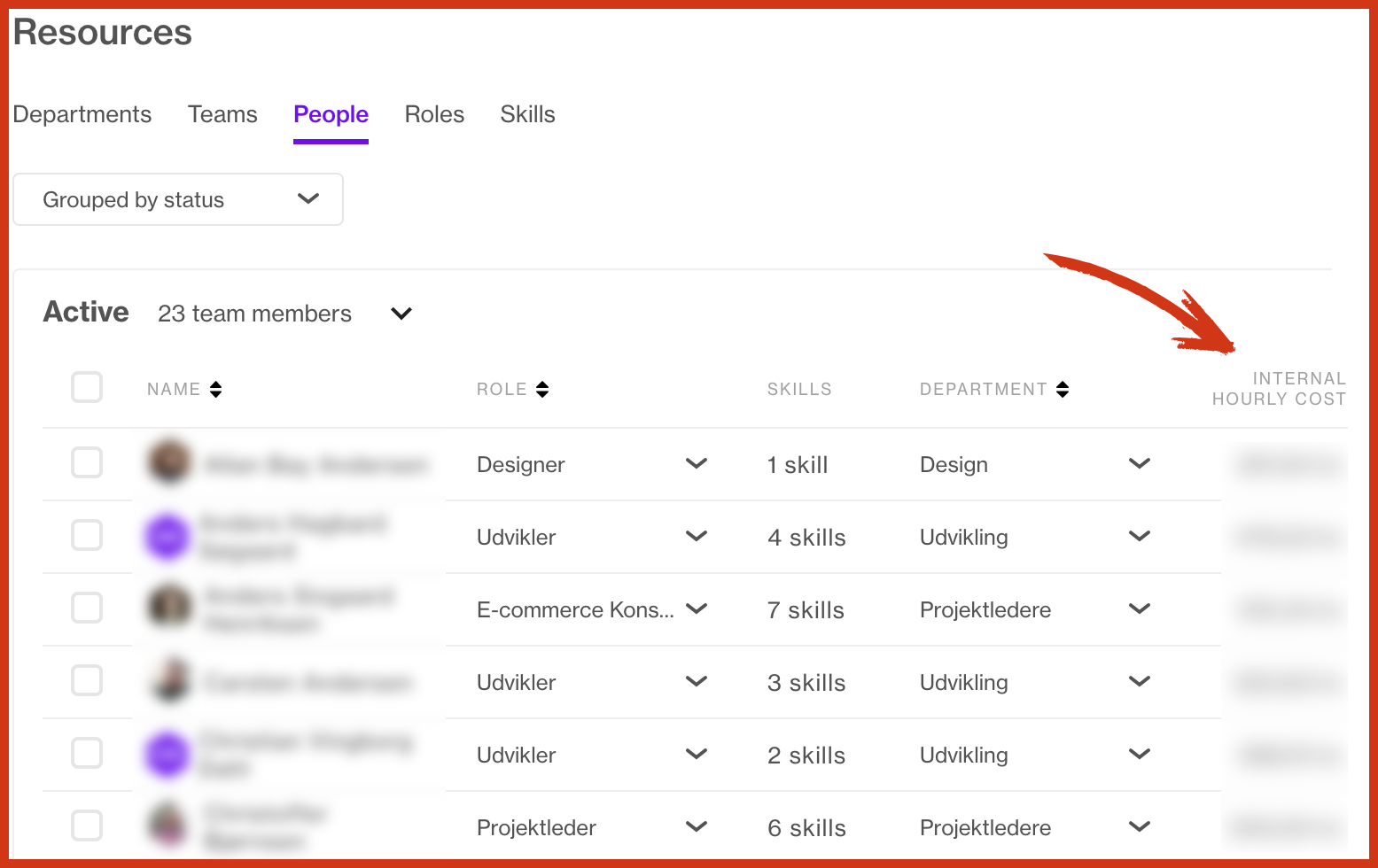How to set the right price for your projects 👏

This is a truth that actually hurts my pride to share.
For the past 8 years, my agency has been... Let's be polite and say "not good enough" at setting the right price for our fixed price projects.
We haven't focused on generating enough profit, which means we've lost a lot of money.
Profit is important because it creates space for development and opens up more opportunities. I'm sure you know that already.
For instance, we've sold fixed priced projects for... lets say EUR 40.000 €, but we spent like... +1000 hours, resulting in a big loss for our economy. In other words, we have always over-delivered and been too generous.
So, in this article, I will provide a suggestion on how you can become more adept at calculating the right fixed price for your project.
Setting the just right price for a project can be complicated and at some point - high risk, where you can loose a lot of money, just like we did.
It's important to set a price that reflects your value and creates win/win situations for both you and the client - and that's what's it's all about, if you ask me. Creating Win/win situations! 🤝
In this article I will share my insights and I suggestions on how you can find a sweet spot for your pricing strategy if you run an agency with different seniorities.
Start scratching the surface 🕵🏼
The first thing you need to do is to understand the client's max budget and tease out as many details as possible.
- What are their expectations?
- What are they willing to pay to achieve their goal?
- How "healthy" is the company's overall financial performance?
This is all about opening up dialogue to gather actionable insights. The next step is assessing their needs and determining the project's scope based mainly on experience.
Setting the right team and price 💰
Alright, let's dive into the details.
Now we consider what is different this time. Are there changes that we haven't experienced before? Which resources are needed to delivery ?
Imagine a spreadsheet buzzing with numbers – an example of our employees and their costs.

Here is how you should break it down:
- How many months will the project take?
- You can re-calculate into hours
- Who should be assigned to the project? What talent do we need to succeed?
- Cost rates/fees may vary based on seniority and role
- How allocated will they be to the project?
- The assignees also work on other projects, so is it 25%, 50%, 75% or 100%?
Each team member has an hourly rate, which gives us a baseline for calculating costs. See above screenshot.

Now, the fun part:
Crunching the numbers ensures a desired profit margin. Figure out what's your ideal profit margin. I often hear that 60%-70% is ideal for a common agency.
Client budget adjustments ⚖️
The final hurdle is matching our numbers to the client's budget.
Conversely, we enter the creative problem-solving phase when their budget is limited.
You should ask yourself:
Can we cut corners without cutting quality? Is margin sacrifice possible? 🤔Remember your profit-target and try to stick to it.
Despite our best efforts, the customer's budget sometimes aligns differently with our pricing strategies. In such cases we either stick to the bare minimum or turn the project in favor. It's about finding a balance between price and cost, not only for us but for the customer as well.
It's a never-ending improvement process...
This is not a one-off performance; It's a constant process.
I highly recommend you to constantly refine your system to be as efficient and effective as possible, ensuring you deliver quality service without compromising profitability. Personally, I still see a lot of room for improvement at my agency after 8 years in the game.
While our approach uncovers an established framework, creating your own pricing framework is very important. The key is to find just the right balance between believing in the value you can add and try to adapt your approach.